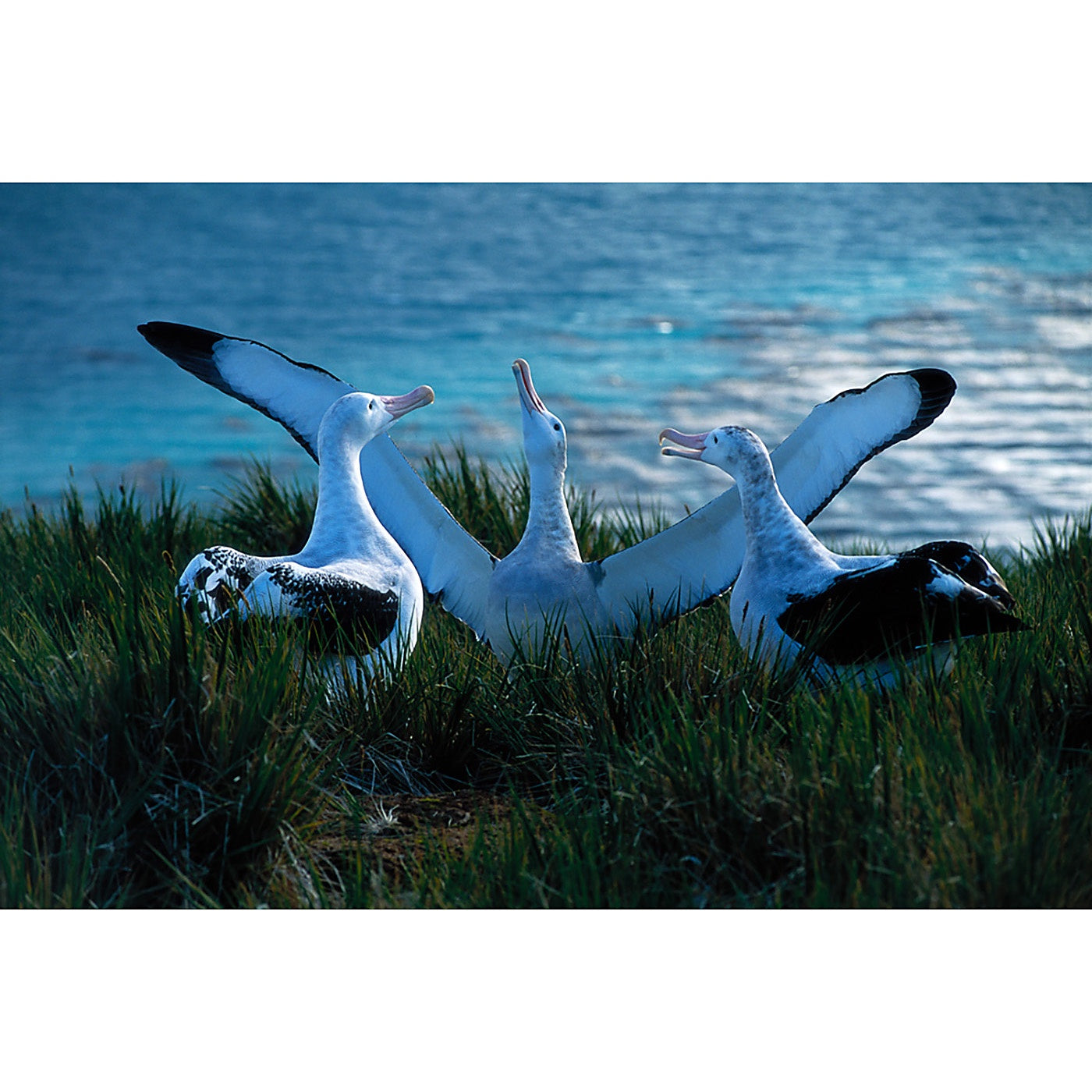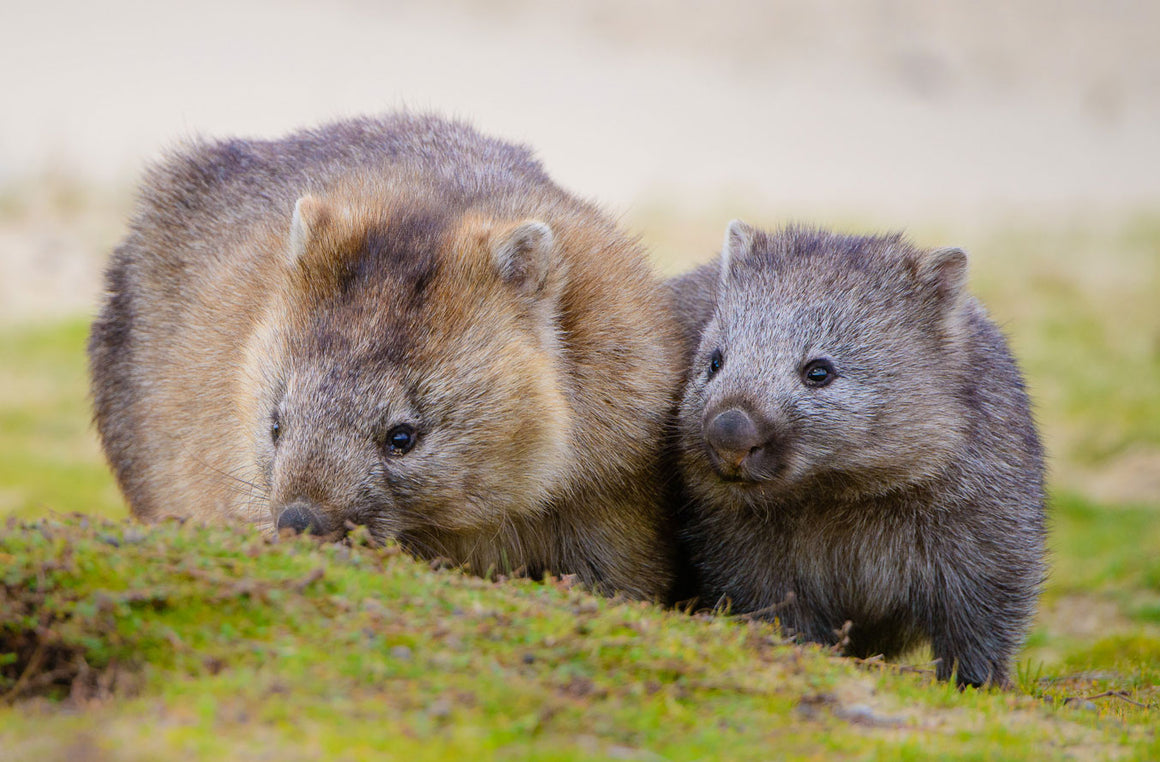Graham Robertson - The Trio
$300.00
The Trio
Graham Robertson
I had a mind to call this picture the ‘Grunting Italians’ in deference to the Italian music composer Ennio Morricone, who died in 2020. A master of his craft, Morricone wrote music scores for Sergio Leone’s spaghetti westerns, most notably the ‘Good the Bad and the Ugly’, the film that gave rise to the above-mentioned phrase. The film climaxes when the three main gunslingers assemble for a draw-off in a graveyard built as an amphitheatre. It’s a tense, drawn-out scene. Maestro Morricone complemented the cinematic tension perfectly with the composition ‘The Trio’, a soaring trumpet concerto punctuated by piano and steel guitar interludes, a piece that is surely situated in the highest of echelons in the union of cinematic image and music score. But I digress. It would be audacious in the extreme to title a picture of courting Wandering Albatrosses the ‘Grunting Italians’, for the birds are not Italian and they don’t grunt. ‘The Trio’ suits them perfectly.
The photograph shows young Wandering Albatrosses playing the field, which they do year after year until finally settling on a breeding partner. Photo taken on Albatross island, South Georgia.
The Wildlife of South Georgia Island
Graham Robertson is internationally acclaimed research scientist and an accomplished wildlife photographer. He has visited South Georgia Island on a number of occasions throughout his career. Graham’s great passion is the Albatross, and his images of these and other extraordinary creatures of South Georgia Island reflect his life long efforts to conserve these wonders of nature.
Graham spent the first 14 years of his career with the NSW National Parks and Wildlife Service working as a plant ecologist in western NSW. A bushwalking trip to Tasmania in the early 1980s resulted by chance in a trip to Albatross Island (Bass Strait), which proved to be a career changing experience. Research trips to Macquarie Island and other seabird breeding sites around the world followed to acquire experience, which in 1988 led to his appointment by the Australian Antarctic Division as overwintering biologist to Mawson station to study emperor penguins.
By the time of his return from Antarctica the impact of longline fisheries on global albatross populations had gained international attention. That provided an opportunity for Graham to work at the interface between primary industry (fisheries) and conservation biology, in an attempt to modify the entrenched behaviours and practices of longline fishing industries to reduce their impacts on seabirds. From 1995 until his retirement from the Antarctic Division in 2014 his research included studies of albatross-fisheries interactions and, especially, the development of seabird-friendly fishing gears and practices for various longline fisheries around the world.
In 2004 he was awarded a Fellowship in Marine Conservation by the Pew Charitable Trusts (USA) for research on the Spanish system of longline fishing for Patagonian toothfish. He is the recipient of two Australian Antarctic medals, the first (in 1989) for overwintering studies of emperor penguins and the second (2012) for contributions to seabird conservation in fisheries.
The photographs in this exhibition were taken on two trips to South Georgia, the first a research trip and the second a private trip made specifically to capture the courtship dance of the wandering albatross, one of the most iconic seabirds in the world. The intention was to use the photographs of wanderers in full display to attract the attention of the general public to the threats posed by industrial fisheries to seabird conservation in general. This exhibition will be the first time that Graham has displayed these images in a public exhibition.
Please note; Prints are made to order. Please allow 10-15 business days for your delivery.


